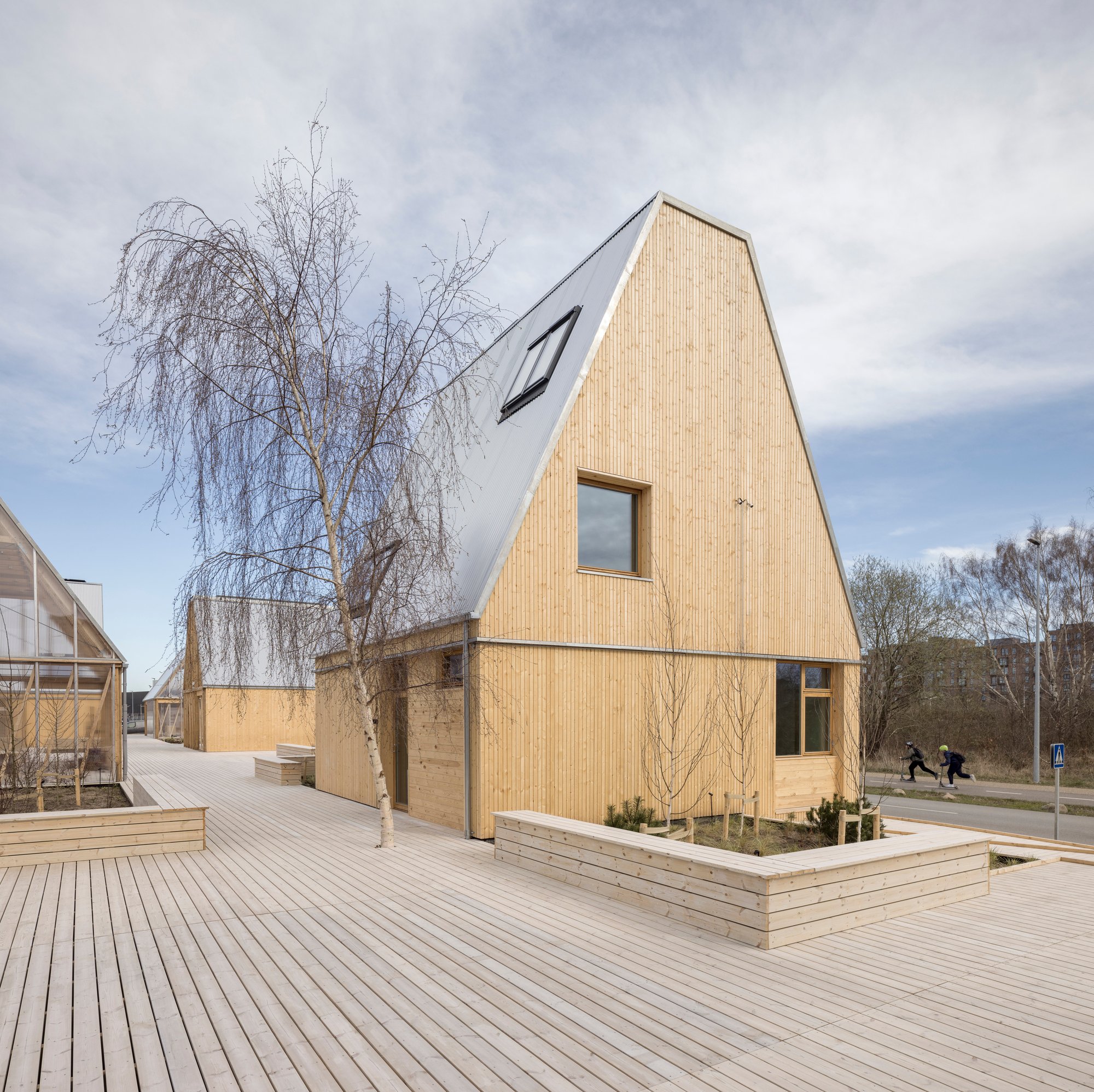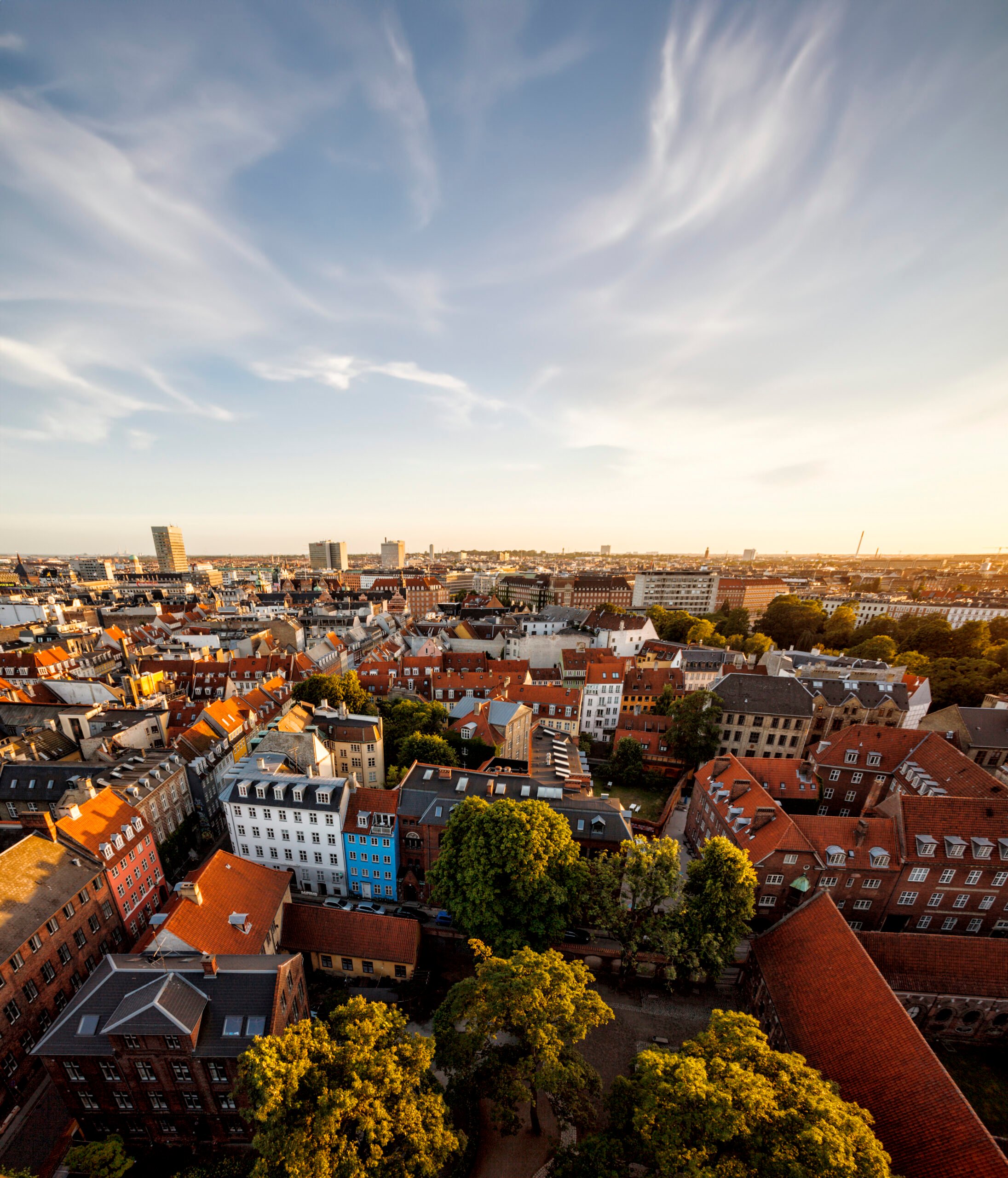News
Energy efficiency in buildings
New book: Design with Knowledge


The key to beautiful, comfortable and energy-efficient buildings is found in the interaction between architecture and technology. New research in sustainable building shows that a large part of the energy consumption of a building is determined by the design - which makes it essential to take a knowledge-based design approach. This is the theme of the book 'Design with Knowledge', which is published by Henning Larsen Architects.
In 10 short chapters, the book looks into the knowledge-based design method, which has been developed in a cross-disciplinary research collaboration between the Technical University of Denmark and Henning Larsen Architects. A number of articles and cases present the results, analyses and methods that make it possible to work with sustainability as a design parameter.
The 25 cases of the book illustrate how research has been used in specific projects. In the cases, the most important analyses and means are reviewed. The research has been conducted by three industrial PhD students – Jakob Strømann-Andersen, who is now employed at Henning Larsen Architects, Martin Vraa Nielsen and Michael Jørgensen – who have conducted research on specific projects at Henning Larsen Architects. The research has received support from the Realdania Foundation.
’Design with Knowledge’ defines the concept of sustainability and identifies energy-reduction as a concrete, operational strategy that expresses in words and action the complex field of sustainability.
”Low-energy is about much more than technology. Daylight is the strongest means of creating an architectural experience of space. At the same time, it can be used to create a good indoor climate and optimal daylight conditions in a building”, says Signe Kongebro, Architect, Associate Partner and Manager of the Sustainability Department of Henning Larsen Architects.
The research shows that urban development plans and master plans have far larger influence on the energy consumption of cities and buildings than known until now. The design of master plans has a very direct influence on the buildings and has a significant impact on the energy consumption of the individual buildings.
”When research shows that there is a great potential in focusing more on daylight in the planning of cities and consider daylight as an important common resource, we need a broader understanding of what sustainable building actually involves”, says Signe Kongebro. “This also includes existing buildings and we should look beyond conventional energy retrofitting and instead focus on complete energy retrofitting.”
Complete energy retrofitting ensures that the total value is quality-optimised in several areas: greater health and comfort, improved architecture, increased energy and environmental considerations and a sound economy.
The book is available for free on issuu.com: http://www.issuu.com/henninglarsenarchitects/docs/design_with_knowledge_08112012
You should consider reading
solutions
Energy efficiency in buildings
+2















